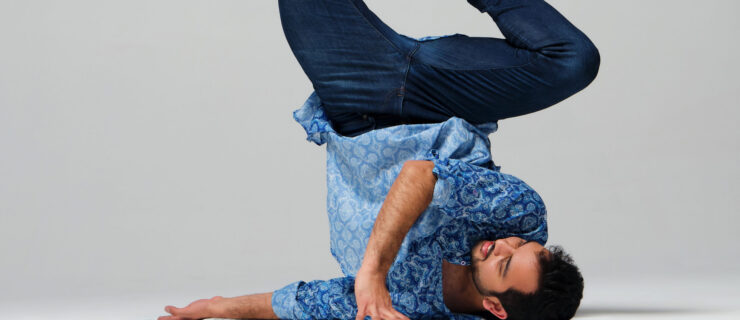The Dos and Don'ts of Self-Massage
When you’re dancing for what feels like eight days a week, it takes more than just stretching to put your body back in order. You need a good rub down. Unfortunately, most of us don’t exactly have the money to afford an on-call personal masseuse.
The solution: Self-massage, with foam rollers, lacrosse balls, elbows and anything else that can help loosen up your muscles. We dug into Dance Magazine‘s archives to find the best pieces of advice we’ve published on the topic. Follow these rules to get what you, ahem, knead out of self-massage.
DO luxuriate—and wiggle.
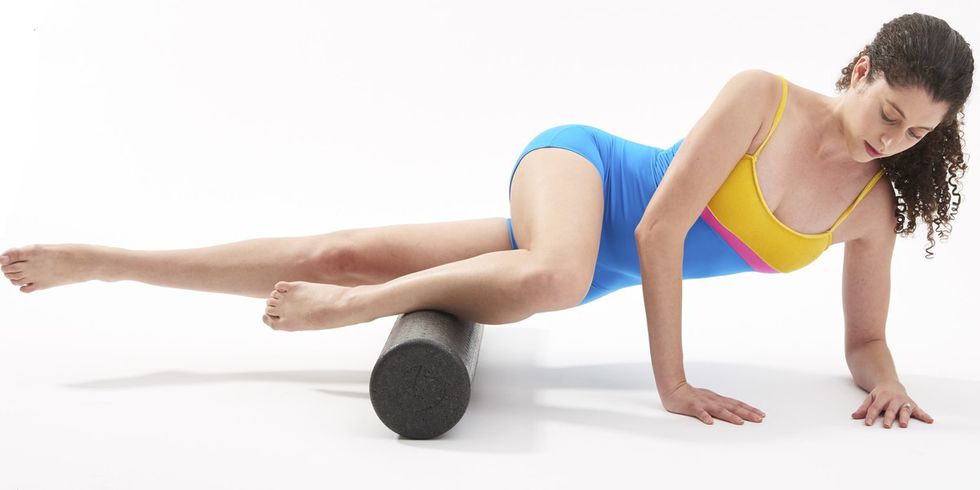
Nathan Sayers
Many dancers just roll up and down a muscle mindlessly. To get the most out of self-massage, let gravity draw your muscles into a roller or ball. “Rolling quickly stays too superficial on your tissues,” Alicia Ferriere of Finish Line Physical Therapy tells Nancy Wozny in “Are You Foam Rolling Wrong?“. “Allow your muscles to relax on the roller, which will create greater compression for the deeper tissue.”
But also move in multiple directions. Aim for cross-friction—think about moving from side to side as well as forward and back. “You need to wiggle more, because the movement is what makes the difference,” says Ferriere.
DON’T roll over an injury.
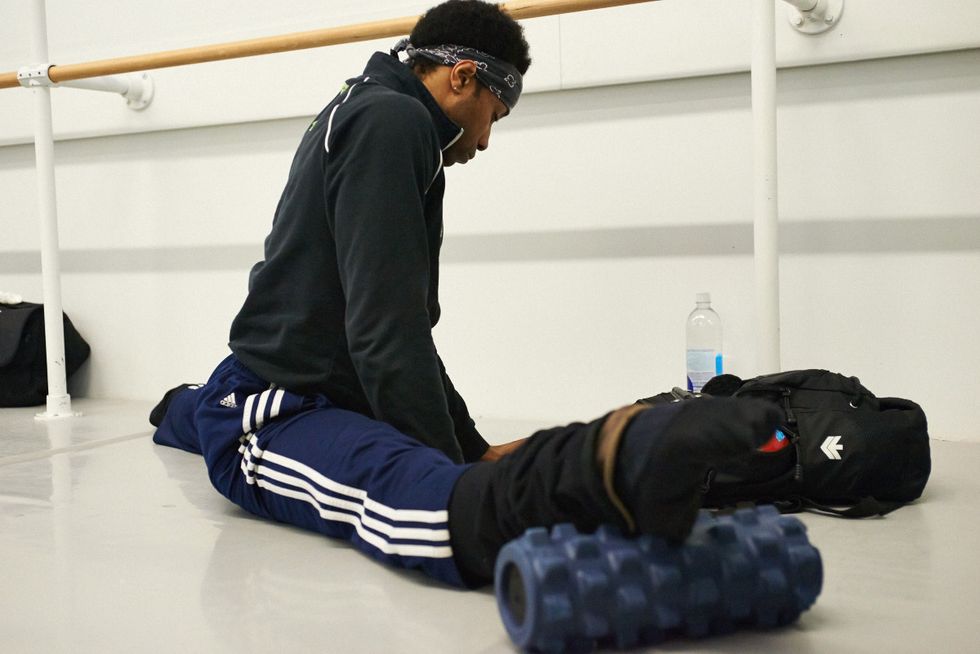
Jim Lafferty
Massage usually isn’t helpful—or safe—until fairly late in the recovery process. “Don’t roll when there is swelling or a traumatic injury such as a tear,” physical therapist Julie Green, who works with Pennsylvania Ballet dancers, tells Wozny. Rolling could make an injury worse, since it’s a tool for mobilization and tissues sometimes need to be immobilized to heal. “Allow some healing to occur before returning to your roller.”
DO mimic the pros.
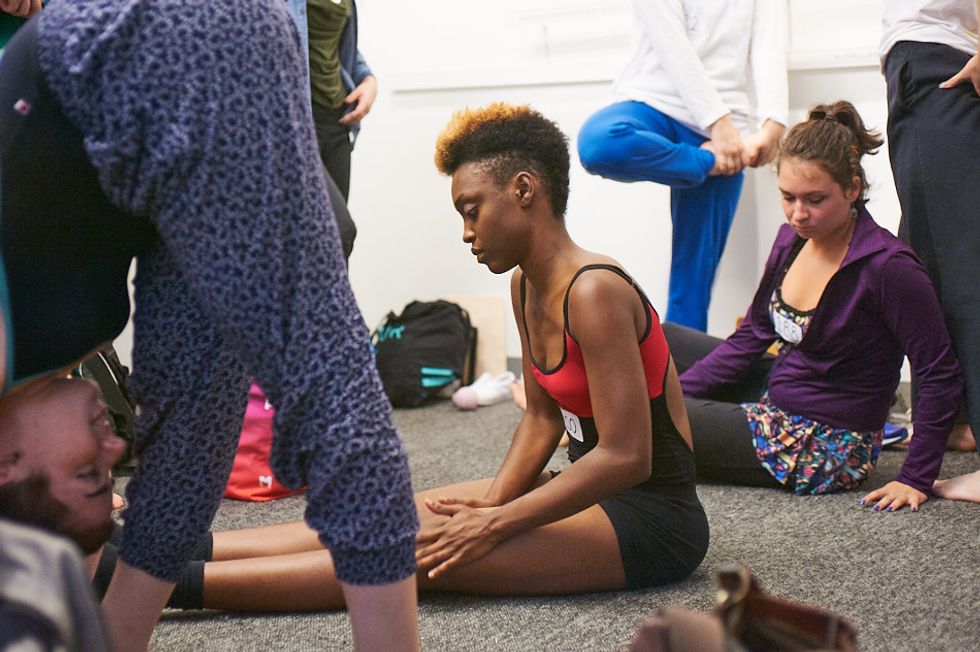
Jim Lafferty
Remember what your therapist does and try to re-create that, writes Hannah Maria Hayes in “The Rubdown.” Think about what body parts they focus on, the length and types of strokes and speed. But make sure what you’re doing is never so painful that you feel like you have to hold your breath.
DON’T knead into bones or nerves.

Nathan Sayers
Rolling over a bone does nothing for you other than cause pain, writes Wozny. It’s especially problematic to roll over ankles, knees and the greater trochanter. “And stay away from superficial nerves, like in front of the hip joints and behind the knees,” says Green. “You could damage or irritate your nerves. If you feel numbness or tingling, stop immediately.” Also avoid rolling along the sides of your lower back—you can bruise your kidneys.
DO take your tools on tour.
[youtube https://www.youtube.com/watch?time_continue=7&v=XXwWltI2uLw expand=1]
You don’t have to lug around a 22-inch roller to stay loose on the road. Lacrosse balls are great for rolling out smaller muscles in your feet or calves. For larger muscle groups like your quads, portable rollers like The Morph or The Rove Roller collapse into a flat shape that’s easier to stash in your carry-on.
DON’T get aggressive.
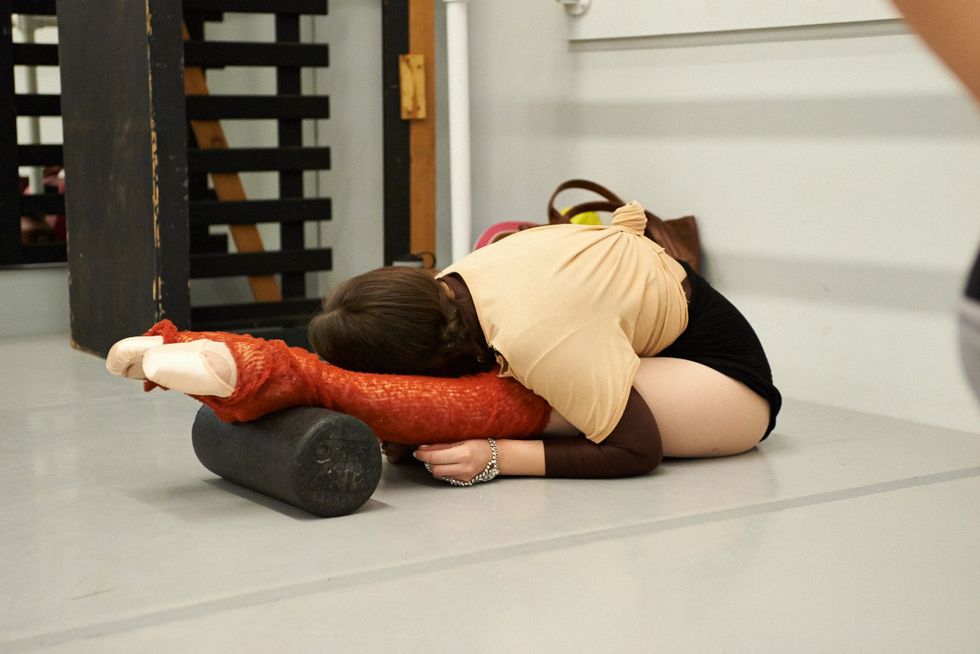
Jim Lafferty
Remember: A harder massage does not mean more relief. “I am surprised at how many dancers bruise themselves from rolling!” Erika Kalkan of Harkness Center for Dance Injuries at NYU Langone Medical Center tells Jen Peters in “Tools of the Trade.” Using too much pressure or spending too much time on one spot can lead to inflammation and swelling. Dance medicine experts say that, generally, five minutes per body part should do it.
DON’T go too deep before dancing.
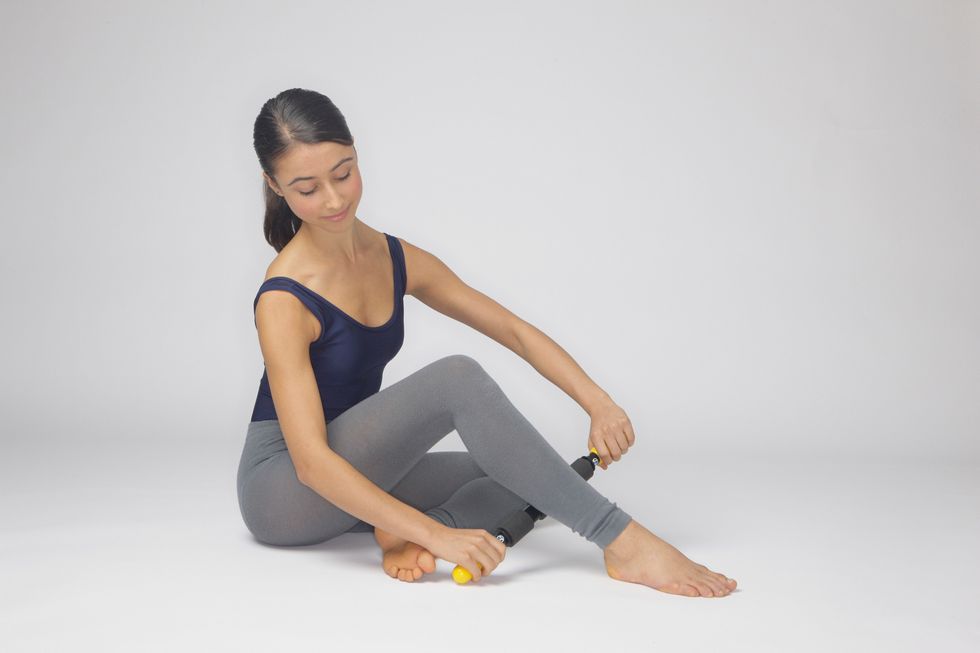
Nathan Sayers
If you’ve got a performance or rehearsal later in the day, go easy. Consider working out any knots by using a lighter option like The Stick. Digging too deep can leave your muscles feeling too relaxed, loose, a bit sore and unresponsive. A 2006 study published in the British Journal of Sports Medicine found a decrease in muscle-force production immediately following a lower-limb massage. “I always ask a dancer what’s on their plate that day,” Green tells Wozny in “The Magic Touch.” “When you make a muscle longer, it can temporarily weaken it and make it cramp. I want to know if dancers will be jumping a lot. If so, then I stay away from the power muscles.”





